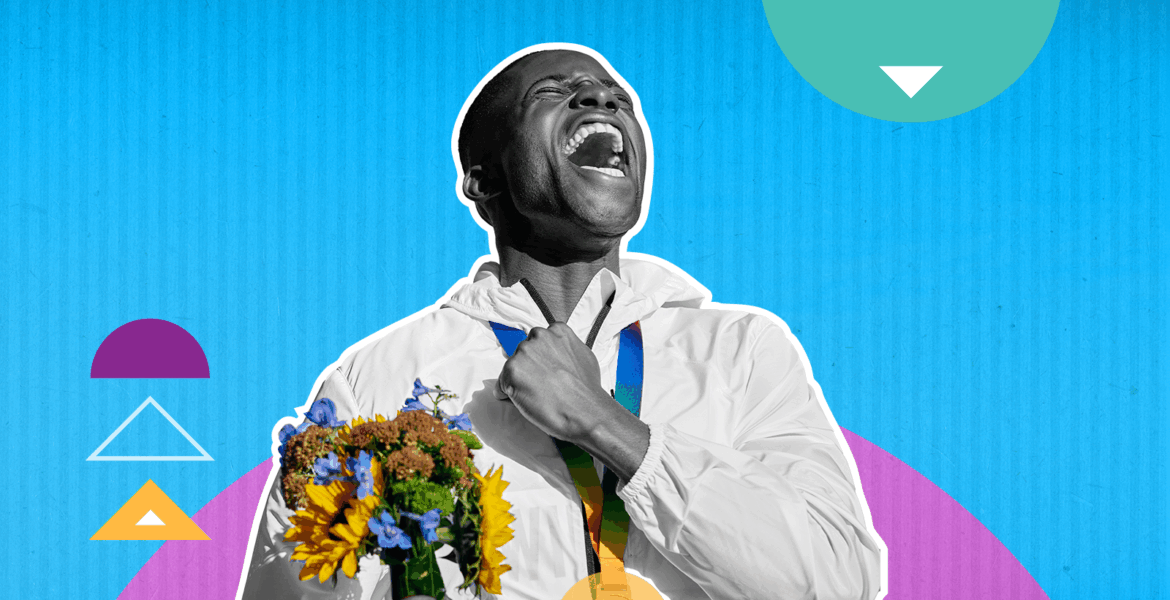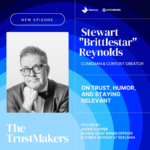By Robin Lickliter, Chief Experience Officer, Sparks
Over the next few years, the U.S. is set to host an incredible lineup of global sporting events—events that will take center stage not just for athletes and fans, but for brands too. From the FIFA World Cup to the Las Vegas Grand Prix and the LA 2028 Olympics—not to mention annual staples like the U.S. Open—this unprecedented wave of major sports moments will open the door to bold, immersive brand experiences across the country.
But taking full advantage of these opportunities requires more than just showing up. It calls for smart portfolio planning and sharp marketing strategy. Big investments shouldn’t just yield short-term buzz; they need to deliver long-term value. Sport has a unique ability to stir passion and loyalty, making it one of the most powerful platforms for brands to connect with people in meaningful, lasting ways.
Tapping into the Cultural Moment
Global events like the Olympics and the World Cup are far more than just games. They’re cultural landmarks. They spark passion, draw major investment, and set new standards for fan engagement. These unifying moments bring together diverse audiences and industries—from luxury and beverage to energy and tech—making them fertile ground for creative brand integration. We are seeing brands push the boundaries of perception of who belongs in the business of sports through non-endemic sponsorships and a variety of other experiential channels.
LVMH made its high-end luggage visible for the Paris Olympic Games—a huge step beyond the usual apparel placement. Invisalign has launched a major sports partnership initiative to highlight the notion of bringing confidence to athletes as individuals. And the U.S. Open, which has grown into one of the premiere cultural events of the late summer season, is as much a social happening for celebrities and influencers as the Met Gala.
Fans Want In
The way fans experience sports is evolving fast. People don’t just want to watch from the sidelines—they want to be part of the action. That’s why brands are leaning into more participatory, tech-forward experiences using AR, VR, AI, and other interactive tools.
Michelob ULTRA’s 2024 Copa América activations were a great example. Sparks created custom fan zones across 14 stadiums, tailoring the experience to local fans. In Miami, the final featured a three-story zone with soccer-themed games like “Pitchside 1v1” and “Soccer Skeeball,” a 16-foot trophy replica, and a lounge with a local DJ—all designed for real-time engagement and social sharing. T-Mobile Park in Seattle features an interactive fan zone for attendees to practice their swing with a digital analysis, or join in the fun with fun social filters and shareable moments.
Participation is key and shareable moments are a must. It keeps fans and attendees engaged longer and tech is the best tool to keep them a part of the action. The translated impressions through fans’ own channels are endless opportunities for brand reach.
Think Beyond the Main Event
To really build loyalty, brands need to think beyond the big moments. Success comes from staying connected with fans year-round—before, during, and long after the final whistle.
That could mean activating at smaller matches, showing up in local communities, or creating mini moments that ladder up to a larger campaign. A modular approach works especially well here: by developing a set of adaptable assets, brands can efficiently roll out experiences across different cities and formats, while also improving sustainability.
Community impact goes a long way too. When brands give back and engage at the local level, they build goodwill and set themselves up for deeper partnerships. Jumping off more than a decade long small business initiative and as part of its global partnership, American Express recently teamed up with all-female racing series F1 ACADEMY™, placing small woman-owned business owners in the figurative driver’s seat in cities hosting F1 Academy races. It featured the logos of a local small woman-owned business on the livery of Jessica Edgar’s car and her race suit at each race. In Miami, Caja Caliente, owned by Chef Monica “Mika” Leon, was featured.
Big Lessons, Even for Small Budgets
Not every brand has the budget to play at the Olympics level—and that’s okay. Smaller brands can still take notes. Olympic campaigns thrive on simple, emotional storytelling—about grit, perseverance, and human connection. Local events and smaller players can apply the same principles by telling powerful, personal stories that resonate with their audience. Sometimes it’s the smallest, clever campaigns that steal the spotlight.
The key is to keep the message focused and authentic. Then, use social media to amplify it. Behind-the-scenes content, athlete interviews, and fan-driven storytelling are easy ways to build engagement—no huge spend required.
Stand Out by Thinking Differently
So, does the growing number of sports events make it harder for brands to stand out? In some ways, yes—it’s a crowded space. But it also means there are more ways to get creative. The best brands will find fresh angles, go after niche audiences, and make the most of strategic partnerships.
The opportunity is massive: more than 200 million people attend professional sporting events in the U.S. every year. For brands that plan smart and stay agile, the field is wide open. It is time to be bold, take risks and leave lasting impressions that drive brand loyalty, sales and long-term consumer relationships.











